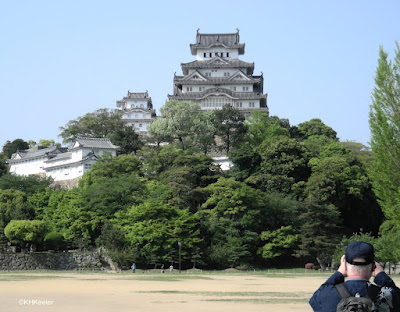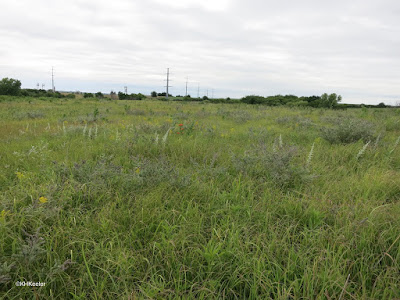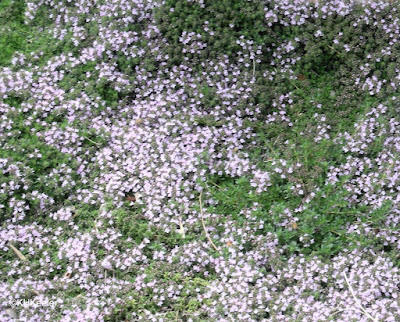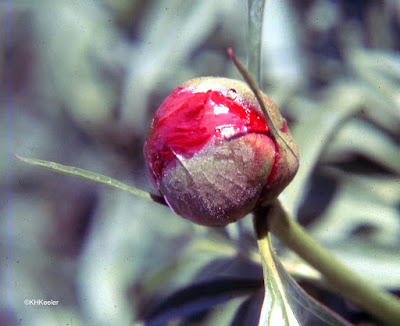 |
| rosemary in flower |
The "Language of Flowers" was a Victorian creation, putting meanings onto plants, so a bud or bouquet could convey a very specific message. There seem to have been several systems, which meant you could misunderstand the message. But, using Kate Greenaway's Language of Flowers, one of the still-available lists (link), a white rose would say "I'm worthy of you, " while receiving white and red roses together meant "unity." In Greenaway's system, rosemary meant "remembrance".
But rosemary's role in remembrance goes back way before the Victorian era (1837-1901). In both ancient Greece and Rome, rosemary was worn by couples at weddings and placed in the hands of the dead. Both of these evoke enduring affection and remembering. Furthermore Greek students reportedly wore rosemary in their hair for examinations, to better remember the information.
















































